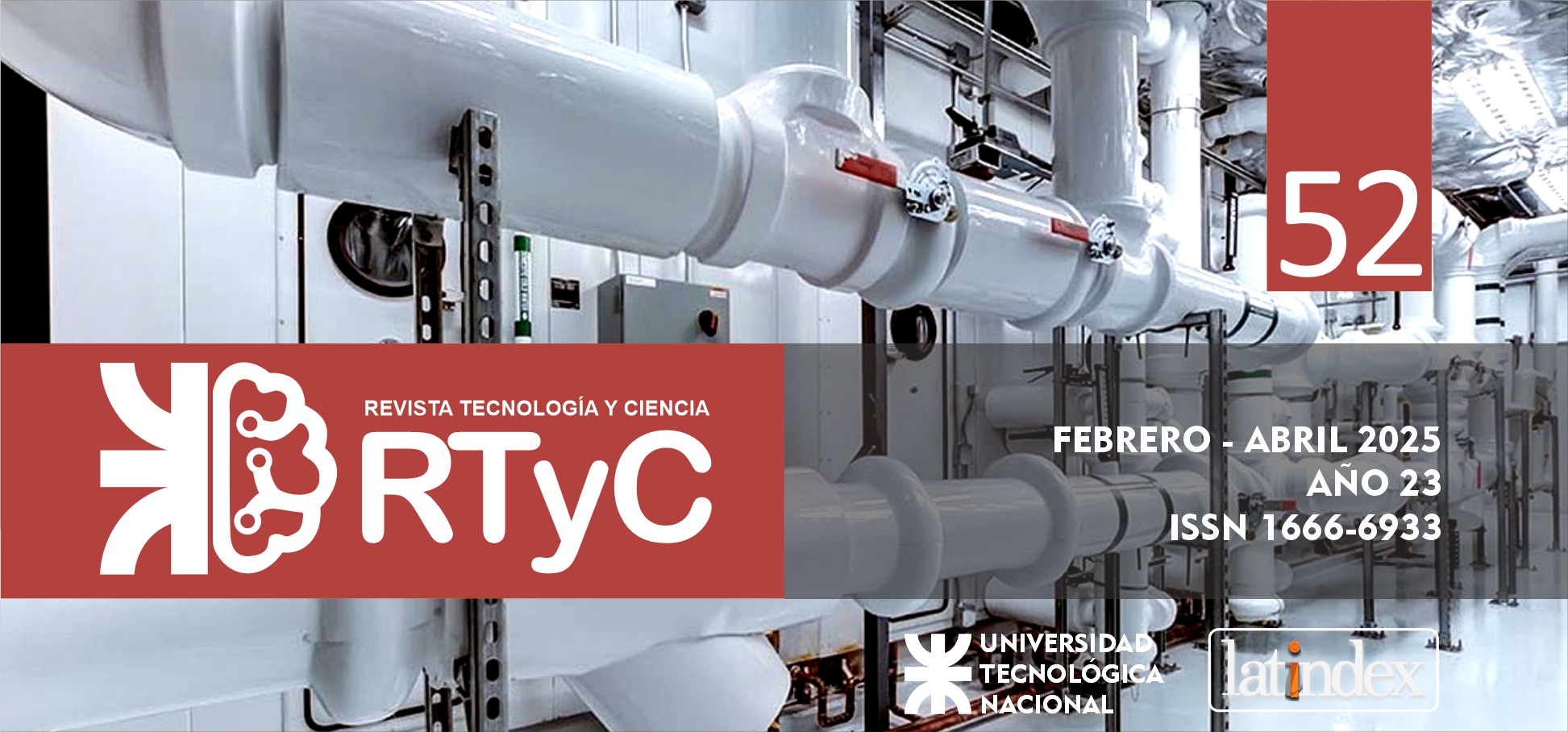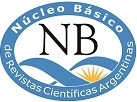Evaluation of cyanide stability in aqueous solutions: effect of pH, aeration, and nutrients
DOI:
https://doi.org/10.33414/rtyc.52.36-47.2025Keywords:
Cyanide stability, Free cyanide, Cyanometallic complexes, CyanohydrinsAbstract
The stability of cyanide in NaOH solution was evaluated as a function of pH, aeration, and nutrient addition. The results indicated that aeration and pH are critical factors for its stability; a significant decrease in cyanide concentration was observed especially at pH 11 with aeration. The addition of nutrients, such as glucose and inorganic salts, influenced the stability, suggesting that chemical reactions related to the formation of cyanohydrins that affect the cyanide concentration could occur. To address this instability, free cyanide was converted into iron complexes, resulting in a significant improvement in solution stability. These findings highlight the potential of cyanometallic complexes as an effective strategy for the safe management of cyanide in environmental applications, contributing to safer practices in its use and treatment.
Downloads
References
Alvillo-Rivera, A., Garrido-Hoyos, S., Buitrón, G., Thangarasu-Sarasvathi, P., & Rosano-Ortega, G. (2021). Biological treatment for the degradation of cyanide: A review. Journal of Materials Research and Technology, 12, 1418-1433. https://doi.org/10.1016/j.jmrt.2021.03.030
APHA, AWWA, WEF. (2023). Standard methods for the examination of water and wastewater. 24nd ed. Washington, USA: American Public Health Association.
Arun, P., Moffett, J. R., Ives, J. A., Todorov, T. I., Centeno, J. A., Namboodiri, M. A., & Jonas, W. B. (2005). Rapid sodium cyanide depletion in cell culture media: Outgassing of hydrogen cyanide at physiological pH. Analytical Biochemistry, 339(2), 282-289. https://doi.org/10.1016/j.ab.2005.01.015
Botz, M., Mudder, T., & Akcil, A. (2016). Cyanide treatment. En Elsevier eBooks (pp. 619-645). https://doi.org/10.1016/b978-0-444-63658-4.00035-9
Huertas, M., Sáez, L., Roldán, M., Luque-Almagro, V., Martínez-Luque, M., Blasco, R., Castillo, F., Moreno-Vivián, C., & García-García, I. (2010). Alkaline cyanide degradation by Pseudomonas pseudoalcaligenes CECT5344 in a batch reactor. Influence of pH. Journal of Hazardous Materials, 179 (1-3), 72-78. https://doi.org/10.1016/j.jhazmat.2010.02.059
Johnson, C. A. (2015). The fate of cyanide in leach wastes at gold mines: An environmental perspective. Applied Geochemistry, 57, 194-205. https://doi.org/10.1016/j.apgeochem.2014.05.023
Kjeldsen, P. (1999). Behaviour of cyanides in soil and groundwater: A review. Water Air & Soil Pollution, 115, 279-308. https://doi.org/10.1023/a:1005145324157
Kumar, A., Shemi, A., Chipise, L., Moodley, S., Yah, C. S., & Ndlovu, S. (2023). Can microbial Bio-CN be a sustainable alternative to the chemical cyanidation of precious metals? An update and way forward. Renewable and Sustainable Energy Reviews, 188, 113892. https://doi.org/10.1016/j.rser.2023.113892
Kyoseva, V., Todorova, E. & Dombalov, I. (2009). Comparative assessment of the methods for destruction of cyanides used in gold mining industry. Journal of the University of Chemical Technology and Metallurgy, 44, 403-408.
Mekuto, L., Ntwampe, S., & Akcil, A. (2016). An integrated biological approach for treatment of cyanidation wastewater. The Science of the Total Environment, 571, 711-720. https://doi.org/10.1016/j.scitotenv.2016.07.040
Meeussen, J.C.L. (1992). Chemical speciation and behaviour of cyanide in contaminated soils. [internal PhD, WU]. Landbouwuniversiteit Wageningen. https://doi.org/10.18174/202990
Petrov, S.V., & Petrov, V.F. (2007). Hydrolysis of cyanides in aqueous solutions. Russian Journal of Inorganic Chemistry, 52, 793-795. https://doi.org/10.1134/S0036023607050245
Razanamahandry, L. C., Andrianisa, H. A., Karoui, H., Podgorski, J., & Yacouba, H. (2017). Prediction model for cyanide soil pollution in artisanal gold mining area by using logistic regression. CATENA, 162, 40-50. https://doi.org/10.1016/j.catena.2017.11.018
Welman-Purchase, M. D., Castillo, J., Gomez-Arias, A., Matu, A., & Hansen, R. N. (2024). First insight into the natural biodegradation of cyanide in a gold tailings environment enriched in cyanide compounds. The Science of the Total Environment, 906, 167174. https://doi.org/10.1016/j.scitotenv.2023.167174
Published
How to Cite
Issue
Section
License
Copyright (c) 2025 Elisabet Graciela Robert, María José Pascualone

This work is licensed under a Creative Commons Attribution-NonCommercial 4.0 International License.

















